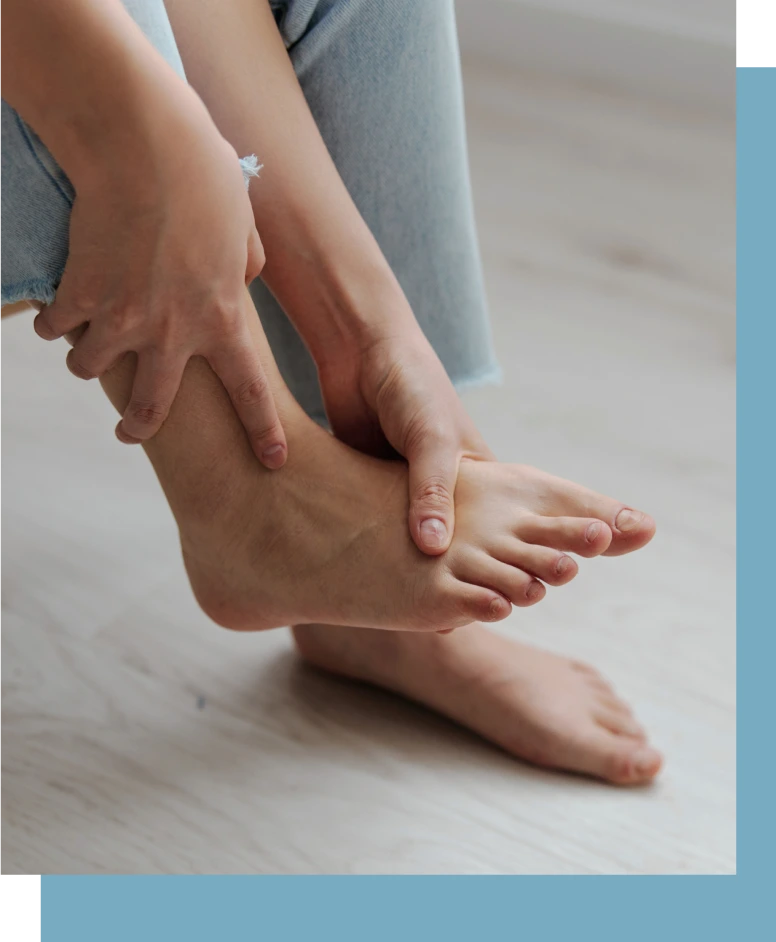


Our specialist reviews the patient’s medical history and symptoms during a consultation to help diagnose arthritis accurately. A thorough physical examination is performed to assess pain levels, joint function, and any visible changes in the joint area. Imaging tests such as a bone scan may be ordered to detect inflammation or early cartilage loss that might not appear on standard X-rays. In some cases, bony outgrowths, also known as bone spurs, can be observed and may contribute to discomfort and limited mobility. These diagnostic steps help determine the extent of damage and guide the most appropriate treatment plan.

“Dr Levine and her staff are gracious and professional during each step of the surgical process. From diagnosis to recovery their professional attentiveness to my comfort and wellbeing is a great relief. I highly recommend Dr. Levine her knowledge and skills are unsurpassed!”
“Dr. Levine and her team are real top professionals in the field of podiatry. I came here because of a misdiagnosed foot problem. Dr Levine identified the issue immediately. Also the office is state of the art and supper efficient!”
“Thank you millennium podiatry. I was treated for ankle pain and inflammation with non invasive laser treatment and custom made orthotics for my everyday shoes and high heels and I am pleased to say I’m extremely satisfied and happy. They have the best bed side manner after my procedure as well. Will recommend eyes closed.”
– Luca Beato

Treating ankle arthritis can lead to meaningful improvements in mobility and quality of life. Treatment can help restore function and manage long-term joint health depending on the chosen approach. Our procedures:

Yes, physical therapy is often used for pain relief in arthritis and can improve joint function and mobility. In many cases, it can help delay or even avoid the need for surgical procedures.
Preventing arthritis involves staying active through exercises, weight control, and other conservative measures. These strategies can help reduce joint stress before pain starts and are especially helpful in the early stages of joint wear.